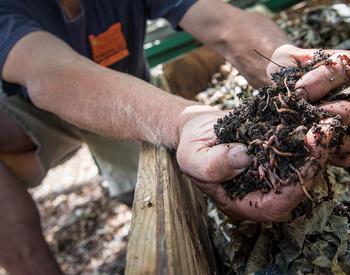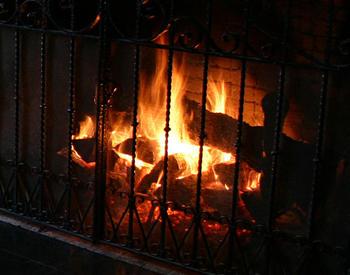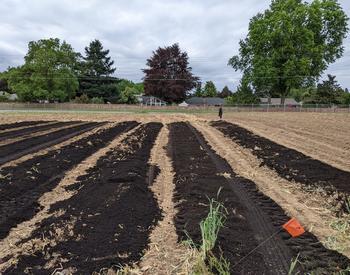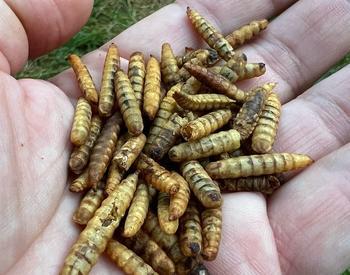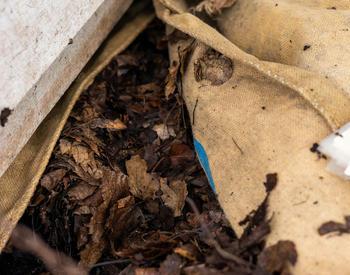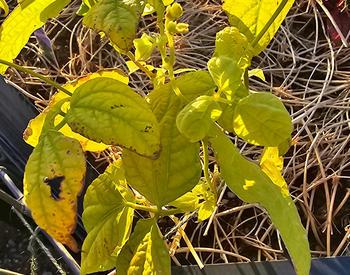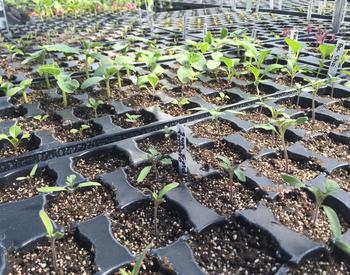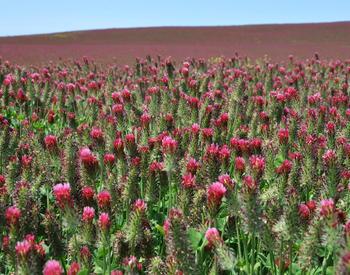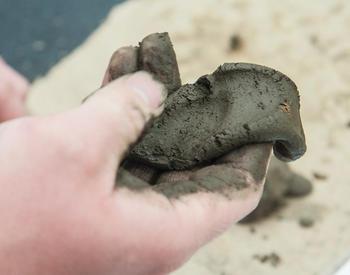CORVALLIS, Ore. – Generations of gardeners have recognized the benefits of adding peat moss to garden and potting soil. Although it has little nutrient value, it's a good soil amendment. It lightens the soil, allows air to enter, holds moisture without being soggy and generally improves soil structure.
But most gardeners probably don't realize that peat takes hundreds of years to form, explained Linda McMahan, horticulturist with the Oregon State University Extension Service.
Wetland ecologists say that peat is being harvested at non-sustainable rates. While the peat industry argues that peatlands can be managed at sustainable levels, it recognizes that alternatives to peat must be developed in order to meet environmental concerns of consumers and contend with increased regulation of peatland exploitation.
As useful as peat is for horticulture, there are good alternatives, said McMahan. One substitute is coir, or coconut dust. When coconuts are harvested and husked, the long fibers are removed and used for such things as upholstery stuffing, rope, doormats, and brushes. The short fibers are left over and have found use in horticulture as coconut "peat."
In the past, this fine material was considered waste and left to accumulate in enormous piles. In Southeast Asian countries where coconuts are harvested commercially, some of these piles are thought to be as much as a century old.
Not only is coir a renewable resource, its horticultural use helps solve a waste disposal problem in these parts of the world, said McMahan.
Researchers at Auburn University and University of Arkansas compared peat and coir as soil amendments for horticulture. They found that coir performed on par with peat.
Coir has proven to hold moisture well, wet more easily than peat, drain well, decompose more slowly and withstand compression better than peat. Plus coir dust does not have the small sticks and possible seeds that peat has.
Peat bogs are a special kind of wetland, many of which are thousands of years of accumulated plant material. They receive most of their water as rain or snowmelt rather than from runoff or streams. Peat mosses (genus Sphagnum) thrive, and acidify the soggy environment, making it difficult for many kinds of plants to grow. Only those that can cope under acid conditions survive. The acidity, low temperatures and lack of oxygen discourage bacterial decomposition, so over centuries and millennia, layers of peat moss and other bog plants become compressed, forming peat.
The wet, acidic and low-nutrient environment in peat bogs foster plant and animal communities highly adapted to these conditions, including insectivorous plants such as sundews, Venus fly-trap, pitcher plants and Oregon's cobra plants, also known as Darlingtonia. These fascinating plants trap insects, "digesting" them for nitrogen, which is a limiting factor for plants in their wet, acidic environment.
Built up layers of peat can preserve organic material that usually deteriorates quickly – wool, hair, skin, bone, wood, plant parts and pollen – providing an invaluable historic record. Peat bogs in Europe have turned up human artifacts as old as 12,000 years and preserved human remains from about 2,000 years ago.
Use coir as you would peat to amend heavy soils and in potting mixes, recommended McMahan. Not as acidic as peat, coir is similarly low in nutrients.
Available in bales at garden centers ready for use, coir, is also sold in compressed "bricks," that expand into several times their volume when moistened. The price of coir is usually comparable to peat.
